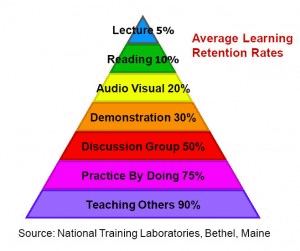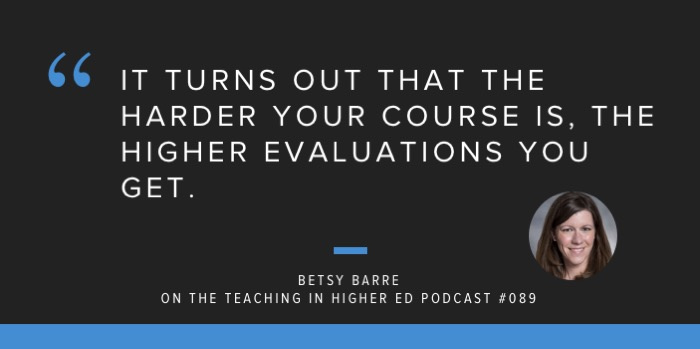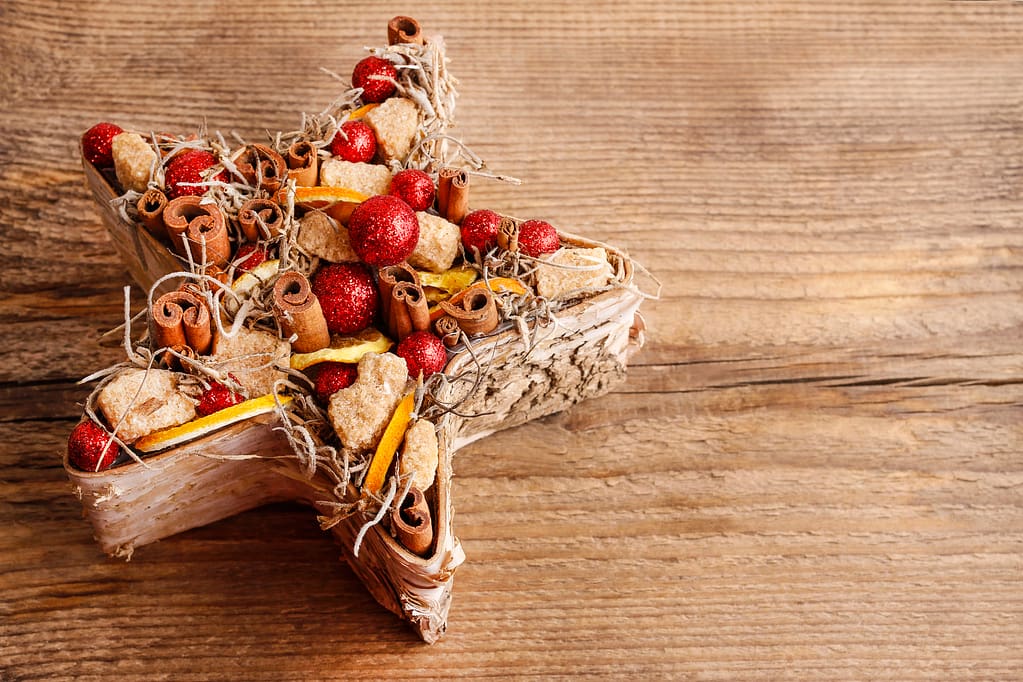I just finished listening to a Teaching in Higher Ed podcast episode with Mike Caulfield on digital literacy that will air on Thursday, February 2.
Not to give too much away, but at the end of the conversation, we chat about the tooth fairy, and other childhood myths. I joke about how I have tended to stay away from controversial topics on the podcast, but that I couldn't resist sharing that my husband and I don't plan on telling our children that there is such a thing as the tooth fairy.
Since I have started down the path of breaking out of my “safe” topics pattern here on Teaching on Higher Ed, I thought I would share two myths about learning that are almost always cause for concern by people who have subscribed to them throughout their career as educators.
We all have one primary learning style that needs to be accommodated for in our learning
I bought into this myth for at least the first ten years of my corporate training career. Now, I'm confident that believing in this myth actually makes our teaching worse.
- All You Need to Know About the ‘Learning Styles’ Myth, in Two Minutes
- Letting Go of Learning Styles
- Stop propagating the learning styles myth
- One Reason the ‘Learning Styles’ Myth Persists
- The Myth of Learning Styles
One take-away from the research that debunks this myth is to have multiple approaches for helping learners comprehend what you're trying to teach, instead of gearing the students' experiences toward their preferred learning experience. Consider ways of making your teaching visual, auditory, and kinesthetic, using more than one approach at a time.
I once posted about the learning styles myth on my personal Facebook page, having no idea the topic is as controversial as it seems to be… Please refrain from thinking that showing this myth for what it is (unsubstantiated) does not mean that people don't have learning disabilities. That's an entirely different domain. Yes, dyslexia exists, for example… and there are ways in which we, as educators, should be accommodating for that disability.
If we have learners “practice by doing,” they will retain 75% of what they're “taught”
 This learning pyramid has also been propagated across multiple educational contexts. It is meant to encourage us to move up as high as we can on the pyramid, lest we leave people only remembering 5% of what we said. This is not to say that there isn't ample research to illustrate the effectiveness of active learning pedagogical approaches, but doesn't the “tidiness” of these numbers make you a bit suspicious?
This learning pyramid has also been propagated across multiple educational contexts. It is meant to encourage us to move up as high as we can on the pyramid, lest we leave people only remembering 5% of what we said. This is not to say that there isn't ample research to illustrate the effectiveness of active learning pedagogical approaches, but doesn't the “tidiness” of these numbers make you a bit suspicious?
- Tales of the Undead…Learning Theories: The Learning Pyramid
- Why the ‘learning pyramid’ is wrong
- The diffusion of the learning pyramid myths in academia: an exploratory study
- Five common but inexcusable learning myths about how we learn
Active learning can help motivate students and help them retain more information. However, the process of learning (and teaching) is far more complex than a diagram like this could ever convey.
Your Turn
What teaching and learning myths have you observed that have persisted for too long now?








